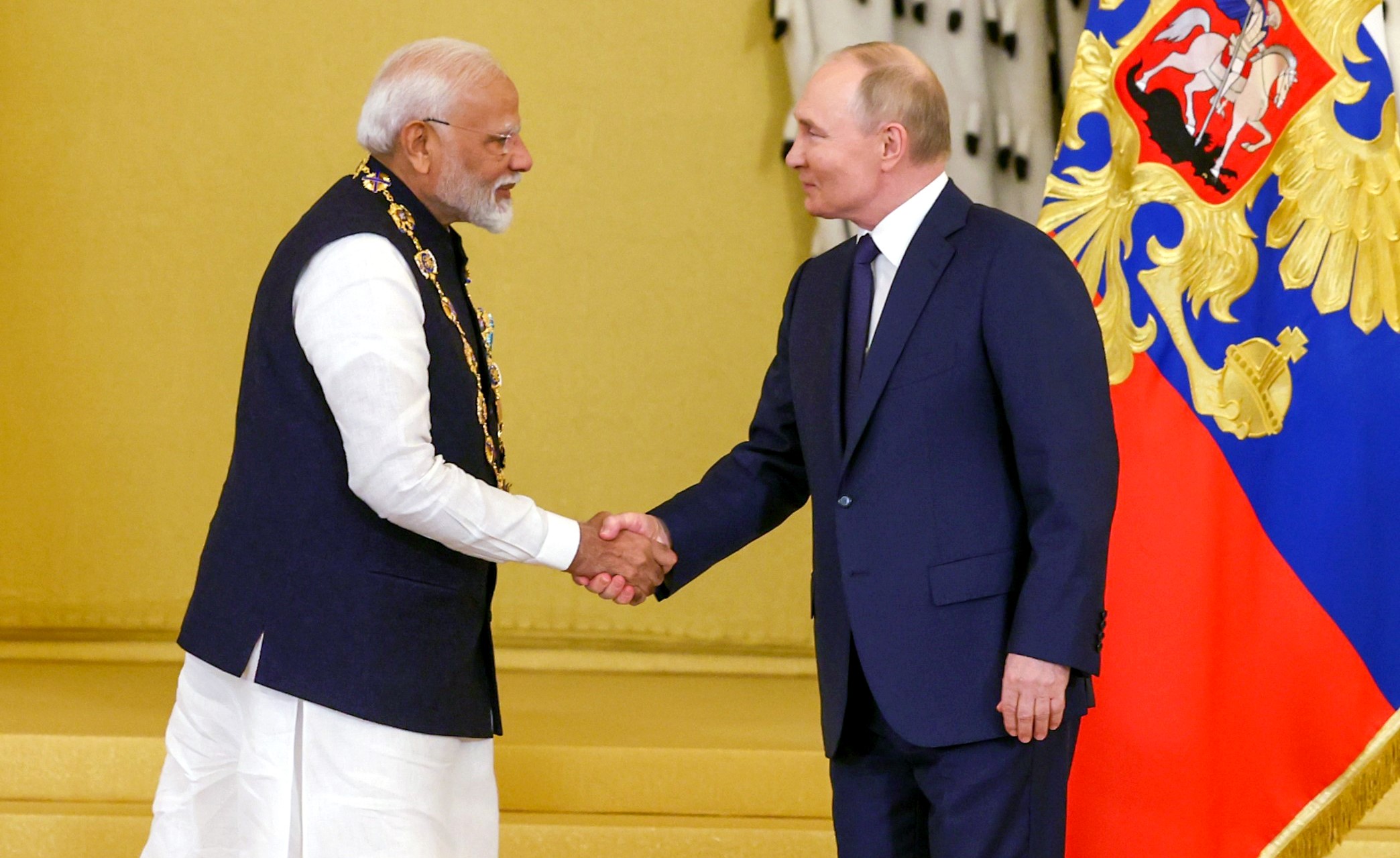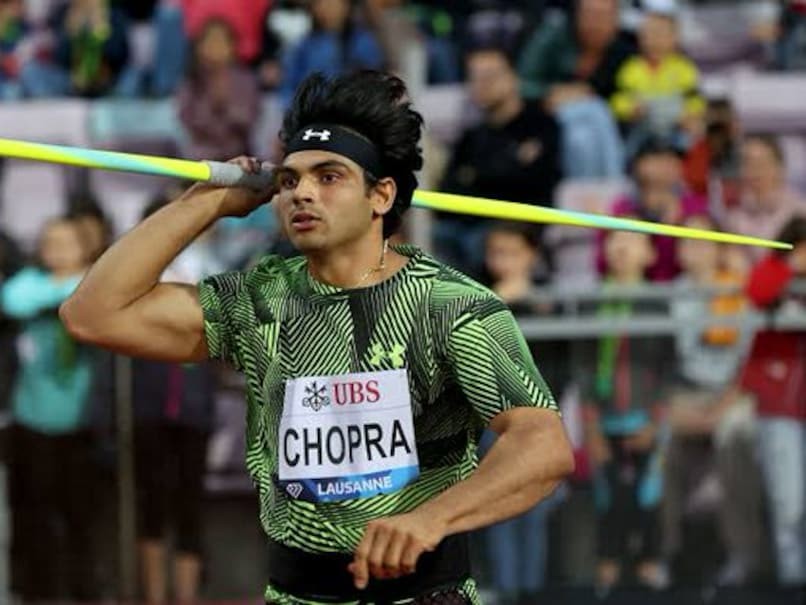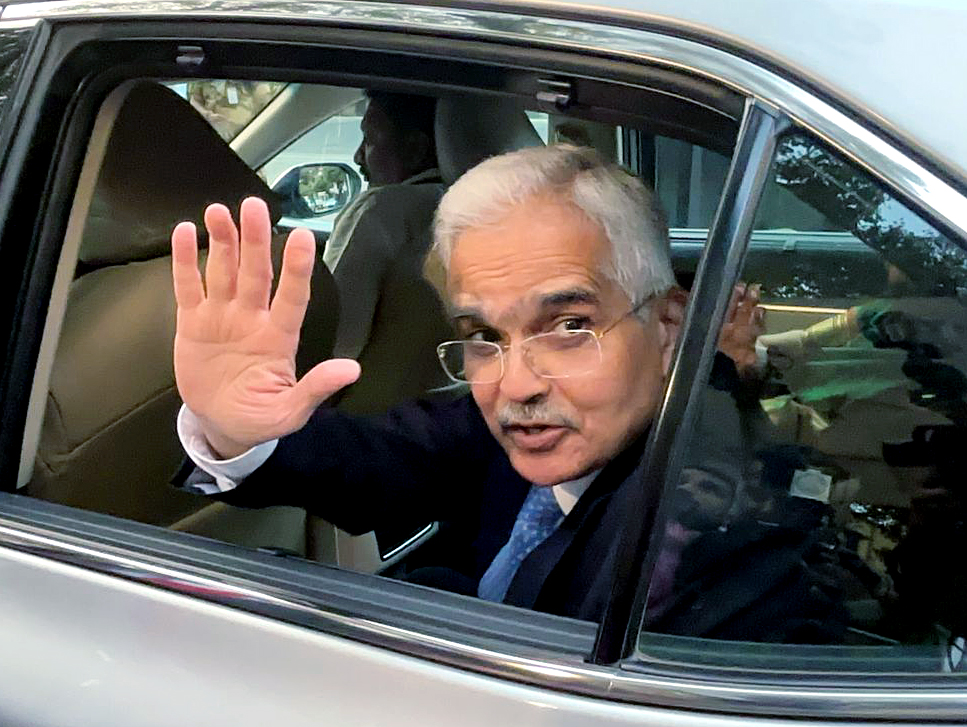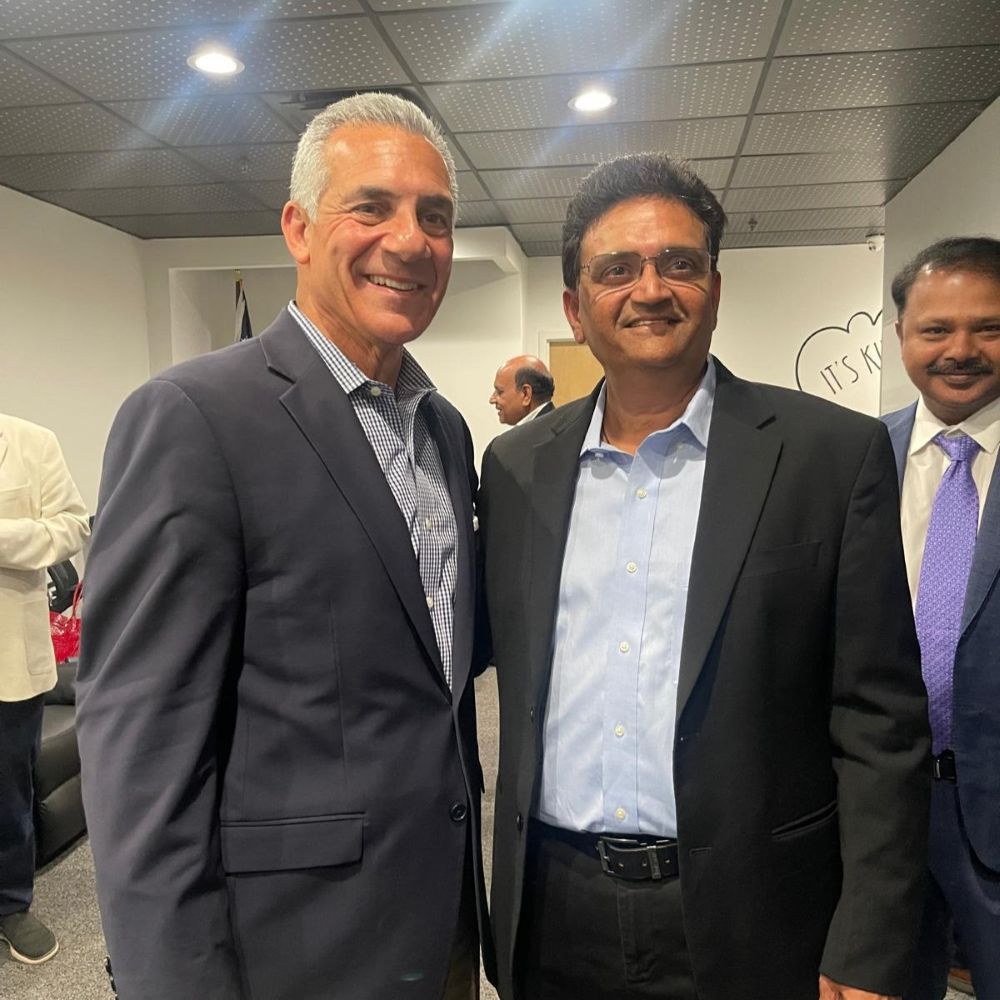The first half of Bumrah’s campaign is some of the best fast bowling he has ever done, taking 13 wickets in seven matches at an average of just 12.84
Our Bureau
Mumbai
As the Indian Premier League (IPL) 2024 nears its conclusion, the focus is shifting towards the ICC T20 World Cup starting from June 1 onwards in West Indies and USA, where the Indian bowlers will be put to test in spin-friendly conditions in the Caribbean and largely unexplored cricketing territory of USA, which could spring up some surprises for Men in Blue.
Ahead of the competition, it is important to look deep into the form of the Indian pace attack. In the absence of an injured Mohammed Shami, the pace line-up will be carried largely by the shoulders of an experienced Jasprit Bumrah, who has time and again reminded the world how lethal he could be and is a match-winner by himself.
Starting with Bumrah himself, the 30-year-old made a brilliant comeback to the IPL after missing the last season due to injuries. Even when other bowlers’ deliveries were smashed into the skies and batting records were being broken left and right, watching Bumrah made one feel that somewhere, cricket is still a bowler’s game, given the bowler is as magical as him. He sits at the second spot in the wicket-taking charts, with 20 wickets at an average of 16.80 and a strike rate of 15.55. His best bowling figures are 5/21. With Mumbai Indians (MI) out of the tournament, he has no matches left to add to his tally.
The first half of Bumrah’s campaign is some of the best fast bowling he has ever done, taking 13 wickets in seven matches at an average of just 12.84 and a brilliant strike rate of 15.07, which also included his five-wicket haul.
The rest of the Indian pacers, Mohammed Siraj of Royal Challengers Bengaluru (RCB), Avesh Khan of Rajasthan Royals (RR), left-arm pacers Khaleel Ahmed (Delhi Capitals) and Arshdeep Singh (Punjab Kings) are also among the wickets as well and have produced some match-winning performances.
Siraj, often criticized for being erratic and inconsistent with his figures, has taken 15 wickets at an average of 33.06, an economy rate of 9.18 and a strike rate of 21.60. His best bowling figures are 3/43. The pacers’ first half of the season was bad, as he took just five wickets at a poor average of 53.8 and strike rate of 31.2.
But in the second half, he turned things around, just like RCB did in their dream-like six-match win streak till the playoffs. In the next seven matches, Siraj got 10 wickets, with his average and strike rate drastically falling to 22.7 and a strike rate of 16.80. His economy rate also dropped from 10.34 in the first half to just 8.10 per over. His turnaround is a big encouragement for India, who could finally have a reliable partner for Bumrah, given Siraj keeps up his performance.
Arshdeep, the third pacer in the main squad, is the third-highest wicket-taker, with 19 scalps in 14 innings at an average of 26.57, a strike rate of 15.89 and an economy rate of 10.03. His best bowling figures are 4/29. His first and second-half figures are not very different. Arshdeep has been a consistent wicket-taker but tends to go for runs, an area needing improvement.
Coming to the pace-bowling all-rounder Hardik Pandya, he had a disappointing IPL 2024, picking up 11 wickets, but at an average of 35.18, the strike rate of 19.64 and an economy rate of 10.75. His second half was much better, taking seven wickets at an average of 22.85, strike rate of 14.57 and an economy rate of 9.40.
In the reserves options, India has a left-armer, Khaleel, who has made a comeback to the Indian team after 2019. In 14 matches, he took 17 wickets at an average of 28.17, a strike rate of 17.64 and an economy rate of 9.64. His best bowling figures are 2/21.
Avesh, who made a switch to Rajasthan Royals this season, experienced more sharpness and consistency in his bowling this year. The joint sixth-highest wicket-taker has 16 scalps in 15 games at an average of 31.18, strike rate of 19.06, economy rate of 9.81 and best figures of 3/44.
He has also been much sharper in the second half, with nine wickets at an average of 28.44, a strike rate of 15.88 and an economy rate of around six.


























